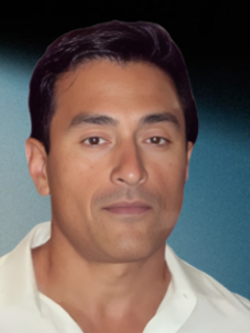Why Non-Vascular Interventional Radiology Matters: Dr. Andrew Gomes Weighs In
Why Non-Vascular Interventional Radiology Matters: Dr. Andrew Gomes Weighs In
Blog Article

The Growing Challenge of Diagnostic Accuracy in Neurology
Appropriate examination is at the heart of successful medical treatment, yet neurological situations remain once difficult to recognize with precision. Problems such as for example painful head injuries (TBI), Alzheimer's condition, and numerous sclerosis often provide with overlapping indicators, increasing the chance of misdiagnosis. This really is where sophisticated imaging techniques, like Diffusion Tensor Imaging (DTI), perform a transformative role. Specialists in diagnostic radiology, including Dr. Andrew Gomes Sugar land tx, use DTI to map brain activity and cellular disruptions with unprecedented accuracy.
Leveraging the Power of DTI Engineering
Diffusion Tensor Imaging (DTI) analyzes the movement of water molecules in mind muscle, offering step-by-step visualizations of bright matter tracts. This level of information helps radiologists discover also the tiniest architectural abnormalities in the brain, giving critical information for early diagnosis and tailored treatments. Non-vascular interventional radiologists are distinctly placed to control that engineering, performing minimally intrusive imaging techniques to achieve a greater comprehension of neurological conditions. Dr. Andrew Gomes opinions that as a game-changing instrument in the combat misdiagnosis.
Data-Driven Diagnostic Idea
Dr. Gomes stresses a data-driven approach to radiology, advocating for the use of sophisticated imaging systems like DTI to lessen diagnostic uncertainty. By meticulously analyzing patient knowledge, Dr. Gomes guarantees that every examination is backed by purpose, science-based evidence. He also shows the potential for developing DTI results with synthetic intelligence systems to help improve diagnostic accuracy. His commitment to invention and patient-centered treatment remains to shape the continuing future of diagnostic and non-vascular interventional radiology.
Linking Engineering and Patient-Centric Attention
The integration of advanced neuroimaging methods like DTI not merely improves the reliability of diagnoses but additionally empowers healthcare suppliers to supply more accurate, patient-focused treatments. By sensing abnormalities early, radiologists enjoy a crucial role in increasing outcomes and reducing the burden of neurological diseases. Specialists like Dr. Andrew Gomes stay at the lead of radiological developments, ensuring engineering can be used to their highest potential in the constant objective to struggle misdiagnosis and raise patient care. Report this page